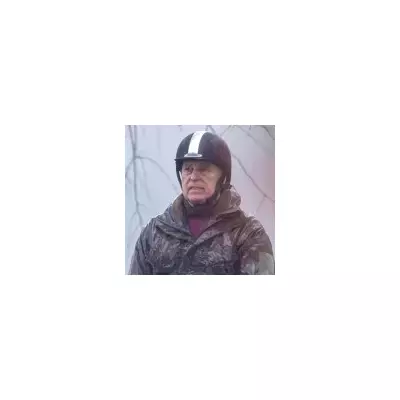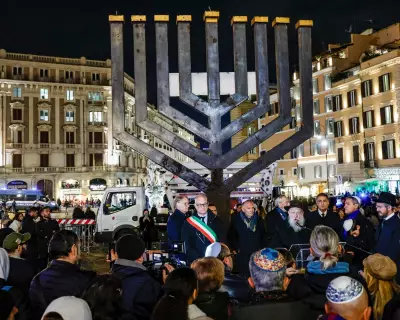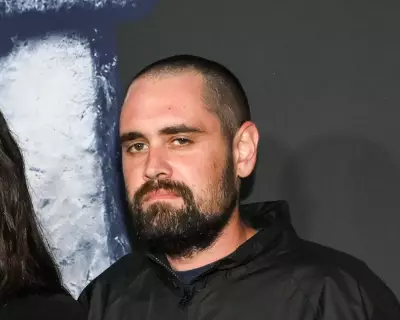
The American political landscape has lost one of its most formidable figures with the passing of Richard Bruce "Dick" Cheney at the age of 83. Serving as the 46th Vice President under George W. Bush from 2001 to 2009, Cheney leaves behind a complex legacy that continues to polarise political commentators and the public alike.
A Political Force For Decades
Cheney's remarkable career in Washington spanned multiple administrations and roles of increasing influence. Before assuming the vice presidency, he had already served as White House chief of staff, member of the House of Representatives, and Secretary of Defense under President George H.W. Bush during the Gulf War.
Architect of Post-9/11 Policy
The September 11th attacks fundamentally reshaped Cheney's vice presidency, positioning him as a key architect of America's response. He was instrumental in advocating for:
- The 2003 invasion of Iraq
- Enhanced surveillance programmes
- The controversial use of "enhanced interrogation techniques"
- Expanding executive branch powers
His unwavering stance on national security made him both respected and reviled, with critics accusing him of undermining civil liberties while supporters praised his commitment to protecting Americans.
Health Challenges and Political Resilience
Throughout his later career, Cheney battled significant health issues, suffering five heart attacks beginning at just 37 years old. In 2012, he underwent a heart transplant at age 71, demonstrating remarkable physical resilience that mirrored his political durability.
A Complex Legacy
Cheney's influence extended beyond his time in office. His daughter Liz Cheney followed him into politics, serving in Congress and becoming a prominent critic of Donald Trump within the Republican Party - creating one of the most fascinating political dynasties in modern American history.
As tributes and assessments of his career emerge from across the political spectrum, Dick Cheney's place in history remains firmly secured as one of the most powerful and controversial vice presidents in American history.





